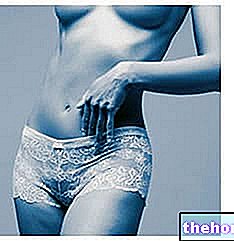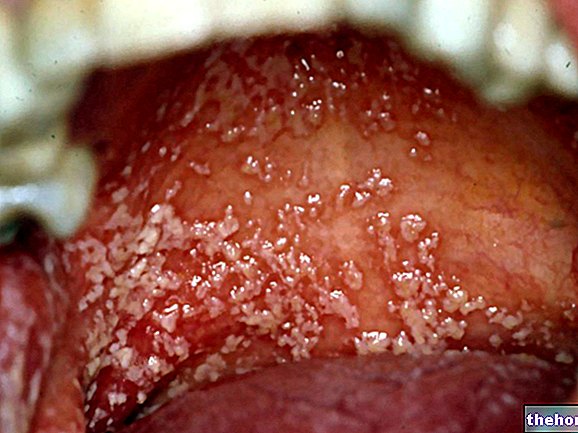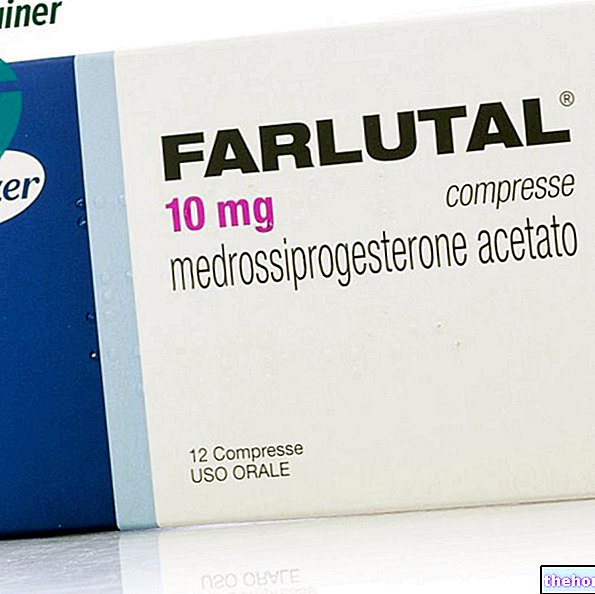Doderlein's lactobacilli owe their name to their discoverer, Albert Doderlein, a German obstetrician who in 1892 identified and described the salient characteristics of these bacteria. Today we know that Doderlein's lactobacilli mainly belong to the species Lactobacillus acidophilus, the same used in the production of some of the hyper-advertised "drinking yoghurt rich in probiotics".

Under normal conditions, during the fertile age, Doderlein's lactobacilli represent about 90% of the total vaginal microorganisms. These are bacteria particularly useful for maintaining the health conditions of this delicate region, which they protect through various mechanisms. their ability to metabolize the glycogen present in the vaginal transudate producing lactic acid is important, resulting in a decrease in pH (<4.5): this acidity constitutes an "important defense" of the vaginal environment against attacks by pathogenic germs.
The presence of estrogen significantly affects the amount of glycogen available to Doderlein's lactobacilli: when the concentrations of these hormones are particularly low, such as in the first periods of life up to adolescence, but also during menopause, the availability of glycogen decreases and this limits the proliferation of lactobacilli: the vaginal pH increases and with it the susceptibility to infections by pathogens (especially of intestinal origin).
Vaginal colonization by Doderlein's lactobacilli occurs at birth, during the passage into the birth canal by diffusion of microorganisms from the maternal vaginal environment; in the first days of life, the residual presence of placental production estrogens favors the rapid multiplication of lactobacilli of Doderlein, thanks to the high glycogen content of the vaginal mucosa.
In addition to the "acidification of the vaginal environment, the lactobacilli of Doderlein protect this area from pathogens also through a mechanism of biological competition for nourishment and for the sites of adhesion to the mucosa. In addition, they synthesize hydrogen peroxide (hydrogen peroxide) and others. broad spectrum antimicrobial agents.
The integration of the vaginal flora with Doderlein's lactobacilli, through local applications, represents a valid therapeutic option in the presence of bacterial vaginitis. Among the various strains of lactobacilli, the most suitable for this purpose seem to be those producing hydrogen peroxide. orally, on the other hand, it seems less effective for this purpose, even if it has an important preventive role due to the effect expressed in the intestine, where it reduces the proliferation of pathogens (such as Candida albicans) which could alter the normal vaginal flora. These practices should become common in association with antimicrobial treatments used in vaginal diseases, which risk - also decimating the flora of Doderlein - to make the disease chronic. For the same reason, the restoration of the vaginal bacterial flora assumes the same importance as the reintegration of the intestinal one after prolonged antibiotic therapy; it should therefore occur, especially in women who are more sensitive to bacterial vaginitis, whenever antibiotic therapy is prescribed (for any disease, for example for the treatment of bronchitis).
Among the main enemies of Doderlein's lactobacilli, in addition to the chronic estrogen deficiency, we remember the use of spermicides as contraceptive means (eg. Nonoxynol-9), unprotected sexual intercourse, the use of oral contraceptives, therapies antibiotics, the use of colored synthetic underwear, the excess of intimate hygiene.




























